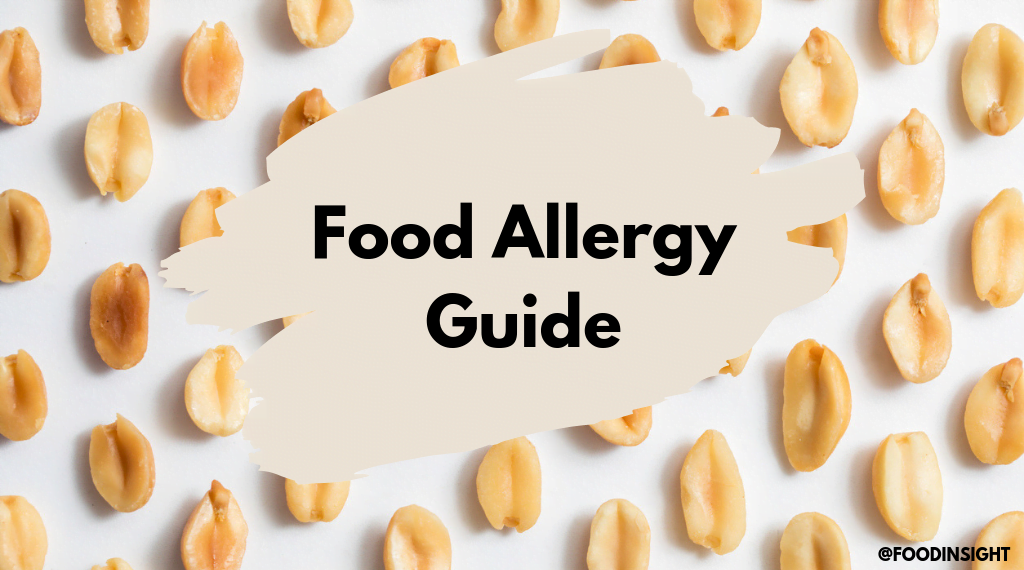Download the Fact Sheet
Food allergies are a major health concern that affect approximately 32 million Americans including 5.6 million children under 18. That’s equal to 1 in 13 children or 2 in every classroom living with food allergies. Food allergy is on the rise and as rates increase, it has become even more important to increase awareness and inform the public about food allergies and what to do if someone is having an allergic reaction. Knowledge about food allergies can save lives.
What is a food allergy?
A food allergy is a serious medical condition in which the body’s immune system overreacts to something in a food – typically a protein.
What are the symptoms of an allergic reaction to food?
Common symptoms of a food allergy include skin irritation such as rashes, hives and eczema and gastrointestinal symptoms such as nausea, diarrhea and vomiting. In addition to these symptoms, sneezing, runny nose and shortness of breath can occur.
What is anaphylaxis?
According to the American Academy of Allergy, Asthma and Immunology (AAAAI), anaphylaxis is a severe, life-threatening allergic reaction.
How do I know if I have a food allergy?
A board-certified health care professional (allergist) should diagnose food allergies. Making a diagnosis may include
- a thorough medical history;
- a physical examination;
- several tests including skin-prick tests, RAST tests (blood test) and a food challenge test
How are food allergies different from food sensitivities and intolerances?
Lactose intolerance and milk allergies are not the same. Lactose intolerance affects the gastrointestinal system. A milk allergy is a reaction to one or more proteins in milk that triggers the immune system.
What should I do if I believe I have a food allergy?
If you believe you have a food allergy, it’s important to get a medical diagnosis from a board-certified allergist if possible.
How do I know if an offending allergen is in my food?
Reading all food labels is vital for effectively managing true food allergies. This helps shoppers identify and avoid foods that contain the offending allergen, which helps to prevent allergic reactions.
The Food Allergen Labeling and Consumer Protection Act (FALCPA), a law implemented in January 2006, requires that the eight major allergens be listed on food labels in easily understood language. Always look at the listings on labels to determine the presence of the eight major allergens. Since food and beverage manufacturers are continually making improvements, food-allergic persons should read the food label for every product purchased, each time it is purchased. Food ingredients can change.
Food allergies are a major health concern, and as rates continue to rise, it’s important to increase awareness about food allergy risk and management. It’s also imperative that we recognize the symptoms of a reaction and take the appropriate steps identified in your action plan. The Food Allergy Research and Education (FARE) provides a template for you to develop your Food Allergy and Anaphylaxis Emergency Care Action Plan.

Learn more about managing food allergies at Food Allergy Facts.
